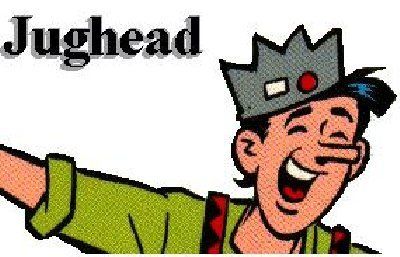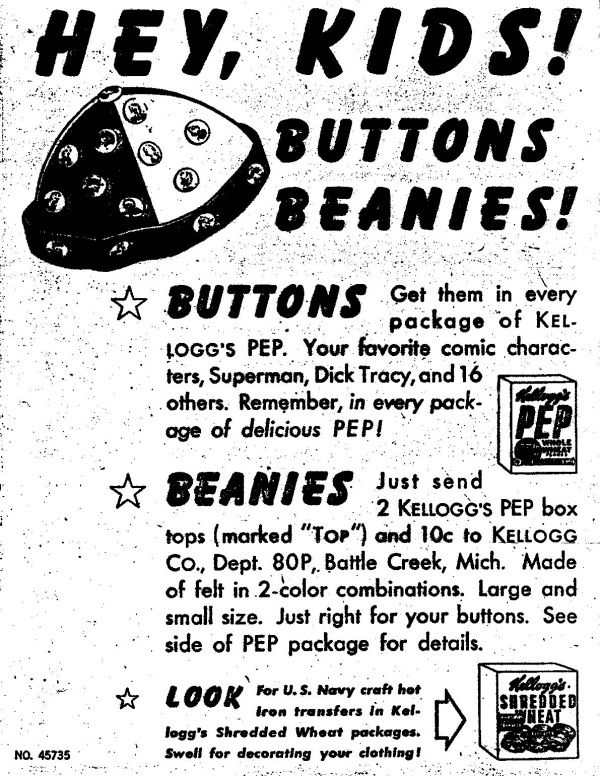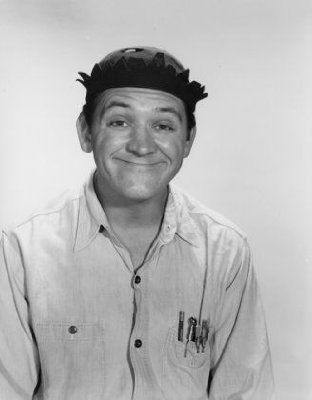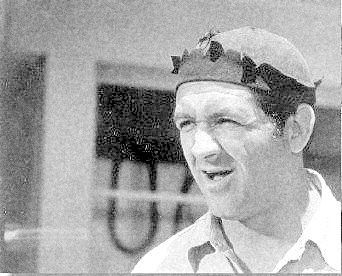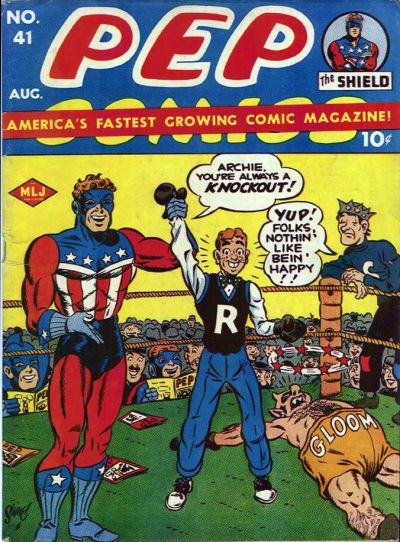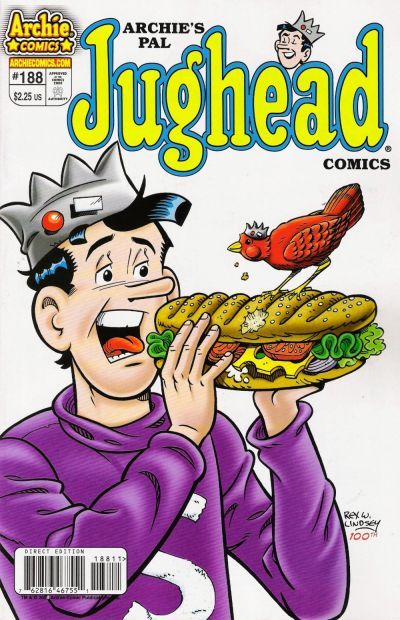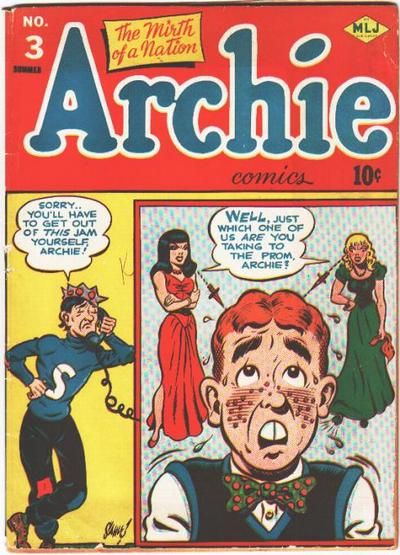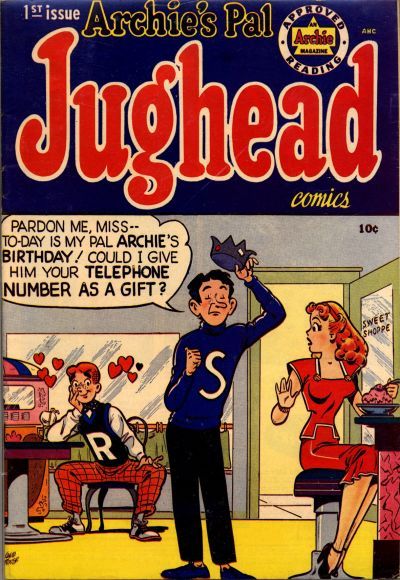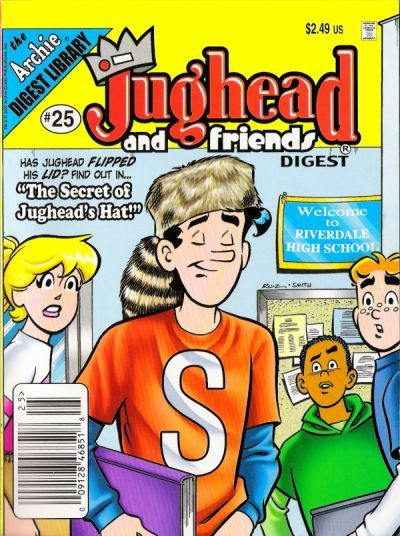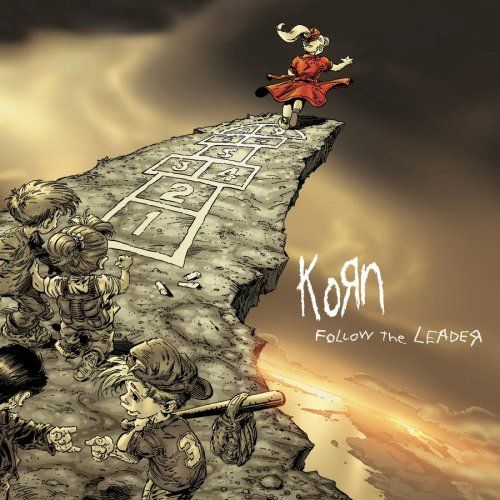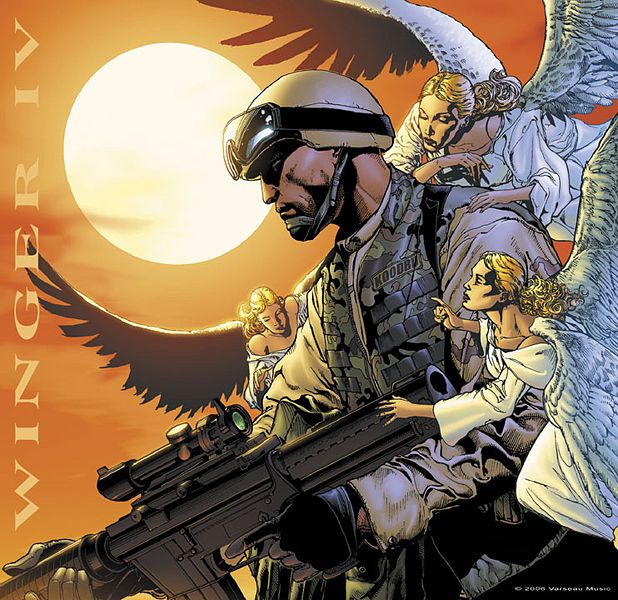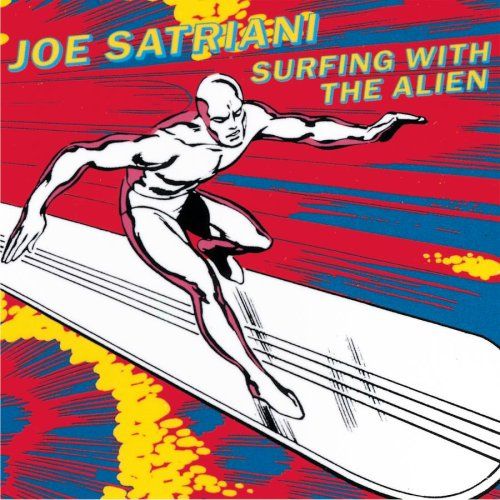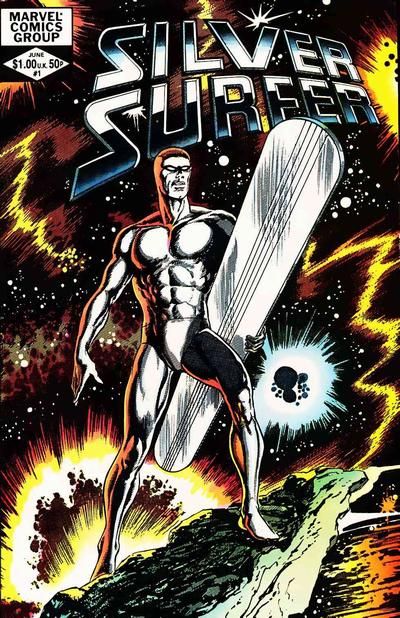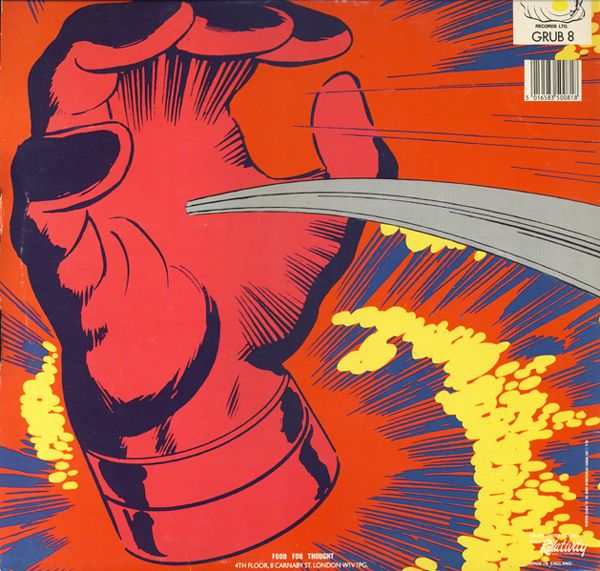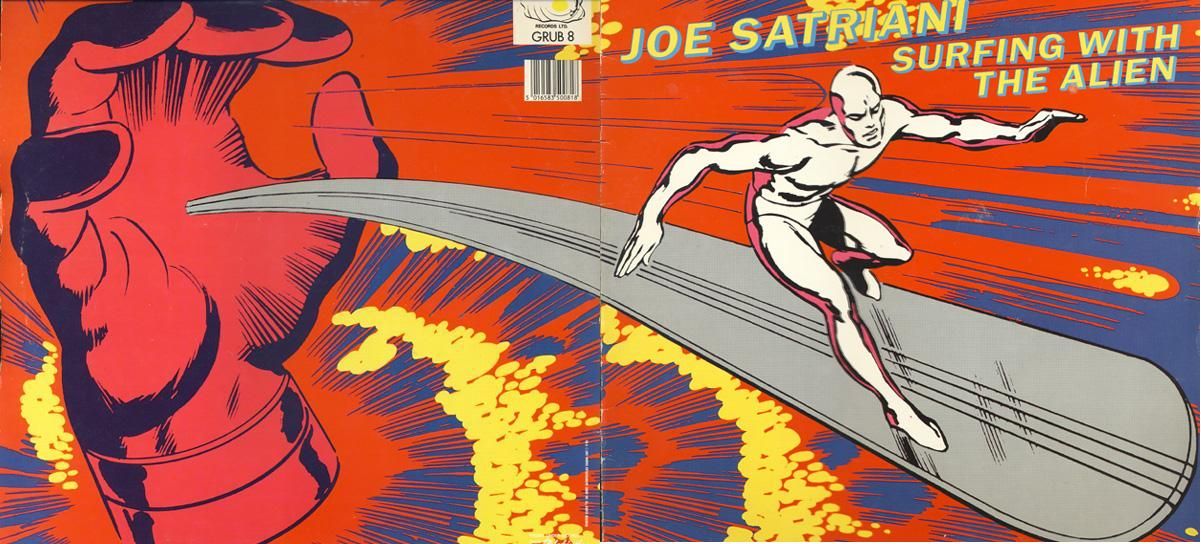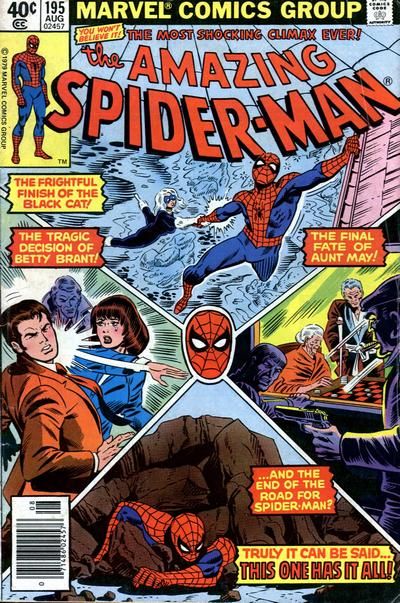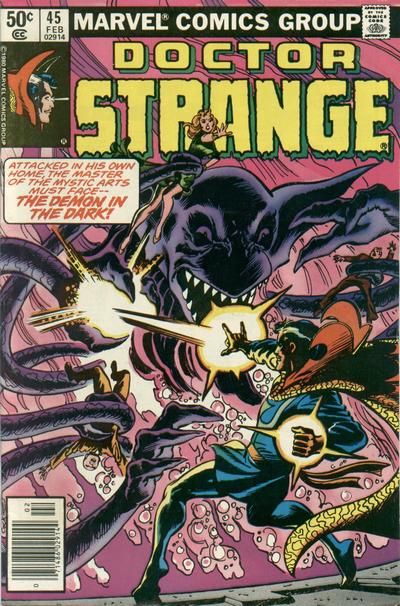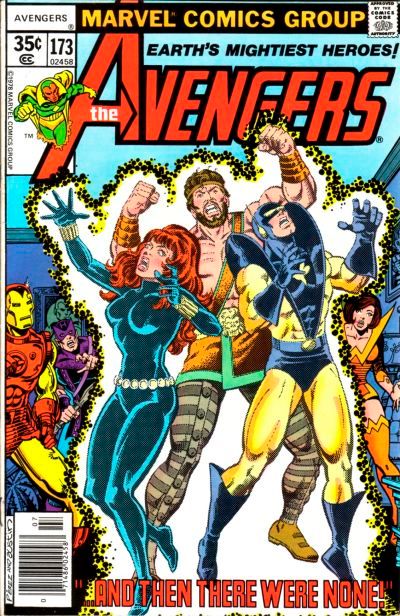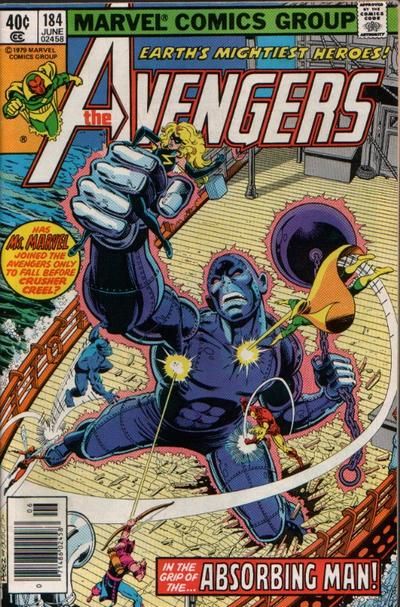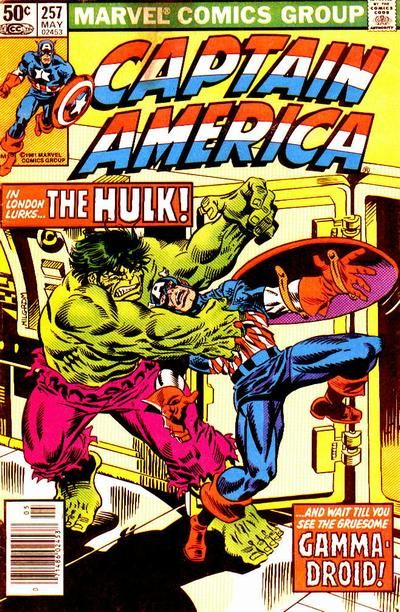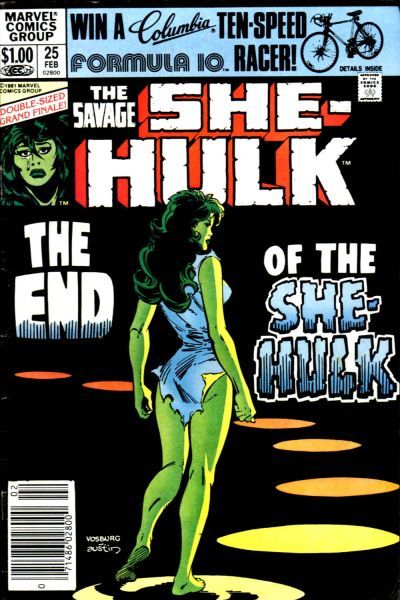This is the one-hundred and eighty-sixth in a series of examinations of comic book legends and whether they are true or false. Click here for an archive of the previous one-hundred and eighty-five.
Let's begin!
COMIC LEGEND: Jughead got his name from his hat!
STATUS: Most Likely True
In the recent piece I did about the many loves of Jughead Jones, there was a question in the comments (from reader Dean) about Jughead's famous beanie - the story behind the beanie is pretty interesting, and actually appears to be the origin for Jughead's very name!!
(As a quick aside, while I was doing this piece, a commenter by the name of Shadz posted a comment to that original piece that repeats a lot of the same info - while I didn't take it from him, I figure it's only fair to note his comment, as well!)
One of the (many, many) ways society has changed since the first half of the 20th Century is the way people wear hats. Nowadays, the only hats you see most people wear are baseball caps or winter hats meant to protect the user from the cold.
A few decades ago, however, hats were worn by almost every adult in the United States. Fedoras were particularly popular among men. As you might imagine, if everyone was wearing hats all the time, you'd eventually end up getting new hats, just like you'd get new shoes.
Well, the question was - what happened to the old hats? Sure, a lot of the times they would just end up in the trash, another thing that often happened was that fathers would give their old hats to their children.
The children would then turn the hat inside out and cut the brim of the hat off in a jagged pattern. The resulting hat would look like a sort of crown, as the jagged edges of the cut-off brim would flip up like the tips of a crown. The hat would then be covered with whatever random buttons or stickers the kid could get his hands on.
The hat appeared in films of the 1930s and 40s...
Here it is worn by one of the Dead End Kids in the classic 1938 Cagney film, Angels with Dirty Faces (I had the film nameless at first because I had thought that the Kids did more than one film with Cagney, but it seems as though Angels was their only film with Cagney, so this has to be it). The film was a huge hit, so that would certainly explain the hats becoming even more popular!
Soon, these "button beanies" would be sold ready made, including as giveaways in Kellogg's cereal!
In addition, the hats were often worn by mechanics (not decorated with buttons and stickers, of course), as the hat would keep grease off their hair but it didn't have a long brim to mess with their field of vision. The character of Goober Pyle (an auto mechanic) wore won on the Andy Griffith show...
And that is the hat Jughead wears when he first showed up in Pep Comics in 1941.
Of course, as the fashion faded into obscurity, Jughead's hat stopped looking like a button beanie and began to have extended spikes that would look a lot more like an actual crown.
Then again, that ship sort of sailed right away.
After all, if you give artists the choice to do artistic shorthand, they're gonna take it, so rather than a detailed beanie, the hat quickly became a quick jagged crown.
In any event, know what the slang term was for people who wore these jagged beanies?
"Jaghead."
Now, I've never seen Bob Montana speak on the topic of how he came up with the name Jughead, but I think it's a fairly safe leap of logic that this is where it came from.
Fernando Ruiz did a story in a recent Jughead & Friends Digest about the origin of the hat, as well!
Thanks to Kingpin.com (a site that sells the beanies) for the historical information! Thanks to Dean for asking the question. And again, let's have a shout out for shadz! His comment was quite good - if I had read it first, it would have saved me research time! :)
COMIC LEGEND: John Byrne drew the cover for Joe Satriani's Surfing with the Alien album.
STATUS: False in the way that we would typically look at the question
Nowadays, it seems having a comic book artist draw the cover of your album is fairly popular - Todd McFarlane notably did a Korn album cover...
And you have to love Ethan Van Sciver doing the cover for Winger's latest album.
(EDITED TO ADD: There was enough interest in the topic that I am putting together a little guide to music albums drawn by notable comic book artists. After a few hours, I've added over 120 albums and barely cracked 12 artists, so this will take awhile. In the meantime, please do not use the comments section to name other comic book artists who did music album covers - instead, please wait until the guide is posted and THEN point out the artists who you see missing - that way it will be a lot more helpful! Thanks!)
In any event, an extremely popular album cover by a comic book artist was instrumental rock solo artist Joe Satriani's second album, Surfing With the Alien, which came out in 1987.
Reader Steve recently asked if John Byrne did the cover for the album, and if he did, what was the story behind it?
Well, the answer is a bit of a tricky one.
First off, yes, that's John Byrne's artwork of the Silver Surfer.
So in that sense, yes, he did draw the album cover.
However (there's often a however, isn't there?), what happened was that Satriani (or whoever comes up with the album cover - Jim Kozlowski is credited in the album for the cover art concept, but who knows?) did not have the album drawn BY Byrne. They just snipped a piece of Byrne art from a comic book, the 1982 Silver Surfer one-shot by Stan Lee and Byrne.
They did not ask for Byrne's permission and Byrne was never paid for it. I don't believe he was even credited. Reader Jared helpfully linked to an interview with Satriani where he said they paid Marvel $5,000 for the rights to the image. Apparently, a DJ going by the name "The Silver Surfer" recommended that Satriani use a picture of the Surfer when Satriani mentioned the name of the album.
So if the artist was not asked and not compensated, I don't think most of us would really view it as "doing the artwork for the cover," right?
So that's why it is "False."
Thanks to Steve for the question and thanks to John Byrne for the information (it's incredible how open Byrne is with information about his career - it's a great boon for comic historians). Additional thanks to Jared for the extra info!
And hey, if anyone has the back cover of the Surfing With the Alien album, I'd love to see it! The front cover is quite famous, but you never seem to ever see the back cover, which apparently has Galactus' hand on it. I'd like to see that!
EDITED TO ADD: Darn, you folks are quick! Reader Adam sent me this pic pronto!
Thanks, Adam!
For fun, let's combine the two! Click on the image to enlarge!
EDITED AGAIN TO ADD: Reader Samuel also sent me the covers, just a little bit after Adam. Damn, you people are efficient! Thanks a bunch!
COMIC LEGEND: Marvel had pseudonymous inkers in the Crusty Bunker tradition called D. Hands and M. Hands.
STATUS: True
Awhile back, I did an installment of Comic Book Legends Revealed on the "Crusty Bunkers," the group of inkers at Marvel who would get together to ink a book that needed to be done quickly. Nowadays, the multitude of inkers are typically all individually credited, but I imagine at the time it was preferred to downplay the need to have so many inkers work on a book to get it out.
Well, recently, reader Andrew asked if I could do a similar piece on the "inkers" M. Hands and D. Hands, which stood for "Many Hands" and "Diverse Hands," respectively.
The problem with coming up with names behind the pseudonym is the fact that Marvel editors just used it whenever they needed multiple inkers in late 70s/early 80s comics. So it would differ dramatically by each title.
To wit, in Amazing Spider-Man #195...
M. Hands was Jim Mooney, Mike Esposito, and Al Milgrom.
But in Dr. Strange #45...
D. Hands was Frank Giacoia, Dan Green, Allen Milgrom, Tom Palmer, Wendy Pini, Joe Rubinstein, Walter Simonson, Bob Wiacek.
In Avengers #173...
D. Hands was Pablo Marcos, John Tartaglione, Joe Rubinstein, Klaus Janson and Joe Staton.
But in Avengers #184...
D. Hands was Joe Rubinstein, Terry Austin, Al Gordon and Klaus Janson.
In Captain America #257...
M. Hands was Joe Rubinstein, Frank Springer, Frank Giacoia, Mike Esposito, Bob Sharen and Ed Hannigan
While in Savage She-Hulk #25...
D. Hands was Al Milgrom, Sal Trapani, Mike Vosburg, Rick Magyar, Mike Gustovich, Dave Simons, Steve Mitchell, Bob Wiacek, Joe Rubinstein and Jack Abel.
So really, it was whoever was available (Milgrom and Rubinstein appeared to be often available!) to do the work.
Thanks for the question, Andrew!
If anyone else knows of another artist credited as either M. Hands or D. Hands, let me know! Note that one or two of the Hands inkers might be off - in some of the instances, I'm just going off the strong research work of Steven Tice, and Steven himself is questionable about a few (just a few!).
Okay, that's it for this week!
Feel free (heck, I implore you!) to write in with your suggestions for future installments! My e-mail address is cronb01@aol.com.
See you next week! Since it will be Christmas the next time the Legends go up, Merry Christmas!!

